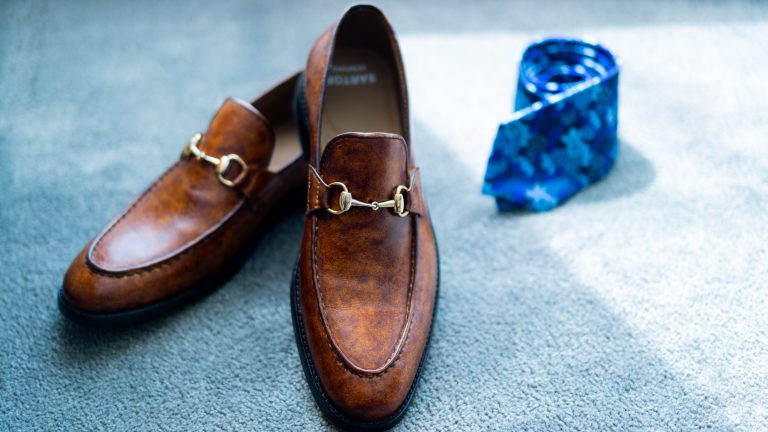What is a Stability Shoe? Understanding the Footwear That Supports You | 2023
I. Introduction
What is a Stability Shoe: In the ever-evolving world of athletic footwear, stability shoes have gained significant popularity. But what exactly is a stability shoe, and how does it differ from other types of athletic footwear?
II. Defining Stability Shoes
Stability shoes are specially designed athletic footwear aimed at providing support and balance to individuals with mild to moderate overpronation, a common foot condition where the arches collapse inward during the gait cycle.

III. How Do They Work?
A. Supportive Midsole
Stability shoes feature a dense midsole material, often made of dual-density foam, which helps in controlling excessive foot rolling by providing a stable base.
B. Reinforced Arch Support
These shoes incorporate a firm arch support that prevents overpronation, ensuring the foot maintains a neutral position during activities.
C. Heel Counter
A sturdy heel counter cups the heel and prevents it from shifting, promoting proper alignment and reducing the risk of injuries.
IV. Who Benefits from Stability Shoes?
A. Overpronators
Individuals with overpronation issues find stability shoes immensely helpful as they counter the natural rolling motion of the foot.
B. Runners and Athletes
Runners and athletes, especially those prone to injuries, benefit from the added stability, reducing strain on joints and muscles.
V. Difference Between Stability and Motion Control Shoes
While stability shoes are designed for mild to moderate overpronation, motion control shoes are tailored for severe overpronation, offering enhanced support and rigidity.
VI. Choosing the Right Stability Shoe
What is a Stability Shoe
A. Gait Analysis
A professional gait analysis helps determine the extent of overpronation, guiding individuals to select the most suitable stability shoe.
B. Proper Fit
Ensuring a proper fit is crucial; a snug yet comfortable fit prevents chafing and blisters during physical activities.
VII. Benefits Beyond Support
Apart from stability, these shoes offer cushioning and shock absorption, enhancing overall comfort during prolonged use.
VIII. Caring for Your Stability Shoes
A. Regular Cleaning
Keeping your shoes clean prolongs their lifespan; gentle cleaning and air drying are recommended.
B. Replacement
Regular runners should replace their stability shoes every 300-500 miles to maintain optimal support and functionality.
IX. Conclusion
Stability shoes play a pivotal role in promoting healthy foot mechanics, especially for individuals with overpronation issues. By understanding their design and benefits, you can make an informed choice for your athletic footwear needs.
Frequently Asked Questions (FAQs)
Q1: Can stability shoes be used for everyday activities, or are they specifically for sports?
Yes, stability shoes can be worn for everyday activities, providing continuous support and comfort.
Q2: Are stability shoes suitable for individuals with flat feet?
Yes, stability shoes are beneficial for individuals with flat feet as they help in correcting overpronation.
Q3: How often should I replace my stability shoes?
It’s advisable to replace stability shoes every 300-500 miles or when you notice signs of wear and tear to maintain their effectiveness.
Q4: Do stability shoes come in different styles and designs?
Yes, stability shoes come in various styles and designs, catering to different preferences while ensuring optimal support.
Q5: Can stability shoes prevent common running injuries?
Stability shoes can reduce the risk of injuries by promoting proper foot alignment and minimizing strain on joints, thus contributing to injury prevention.




Leave a comment